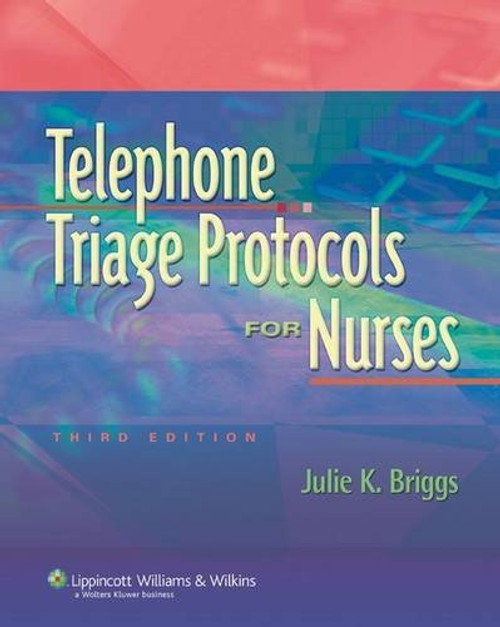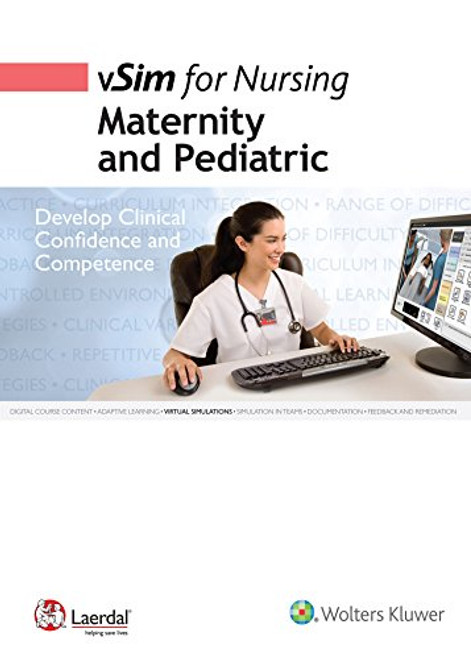Product Overview
Included in this practice tool is straightforward advice encompassing all the basics of state-of-the-art nurse triage. Improve triage procedures and administration with detailed guidelines for those who perform telephone triage.
Topics covered include
- The nurse telephone triage process
- Triage quality assurance
- Standard assessment tools
- The golden rules of nurse telephone triage
- Call documentation
- Red flags to watch for
- Call prioritization
- Dealing with difficult callers
- Triage liability and risk reduction
- Determining what the caller really means
- Prescribing medications over the phone
- Charging for triage calls
- plus much more!
Call-specific clinical insights forsound triage decision-making
Pediatric Nurse Telephone Triage provides call-specific clinical insights for sound triage decision-making to help your staff deliver superior telephone advice call after call. It combines the latest evidence-based data with the authors broad pediatric-care experience to help nurses better understand the medicine behind the guidelines.
Included is the clinically focused information triagers need to make more effective use of the best-selling AAP Pediatric Telephone Protocols by Barton D. Schmitt, MD, FAAP. Tables, figures, and algorithms are used throughout to illustrate and explain triage approaches and procedures.
Call types covered include:
Newborn callsNormal newborn activity and reflexes, newborn feeding, newborn jaundice, ewborn rashes, the crying baby
Illness callsFever, headache, allergies, asthma, diarrhea, ear complaints, respiratory symptoms, insect bites, eczema, lice, rashes, red eye, conjunctivitis, seizures, vomiting, urinary symptoms, influenza, and more
Trauma callsBone, muscle, joint, and ligament trauma,,head trauma, eye, ear, nose, and teeth trauma, skin trauma
Behavior and development callsADHD, school problems, sleeping problems, tantrums, toilet training











